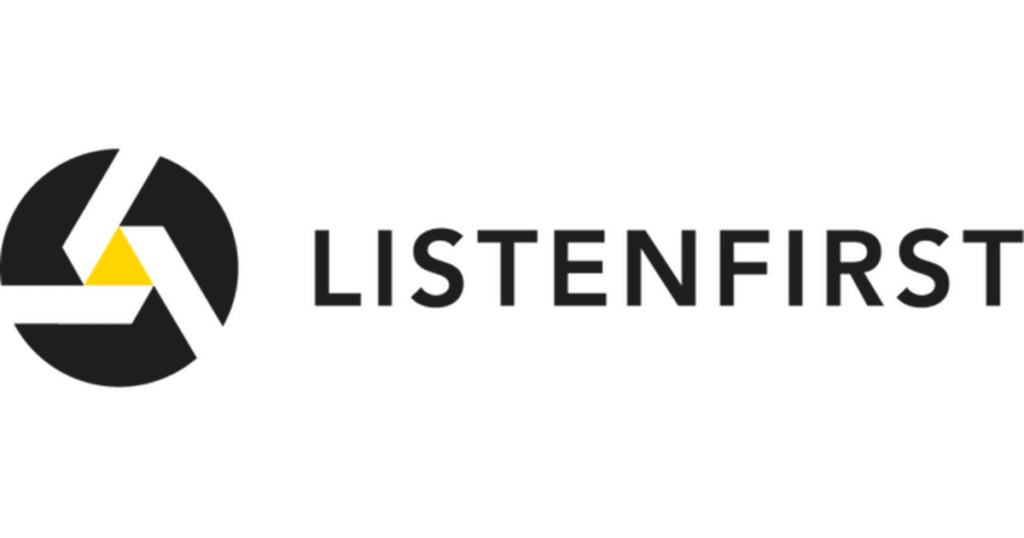4 Insights You Need To Know About Video Length On Social Media
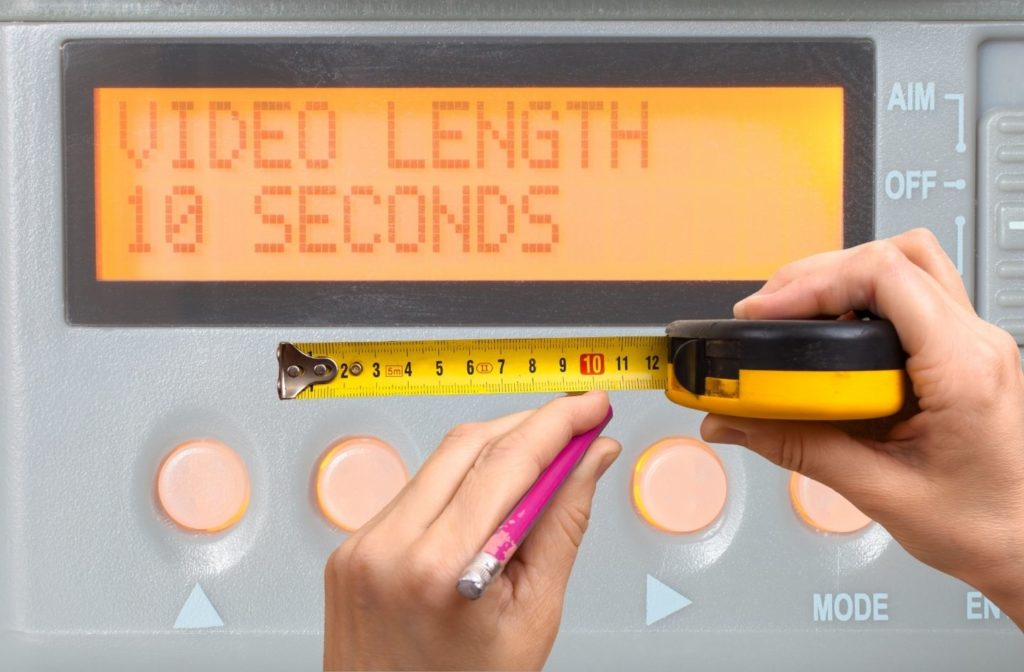
In theory, the answer to how long your brand’s video content should be on social media should always be the shorter, the better. For example, a 2015 Microsoft study found the average adult attention span is only 8 seconds, while TikTok has exploded in popularity, with 1 billion active global users, in large part because […]
Live Streaming on Social, What You Need to Know Part 2: Best Practices
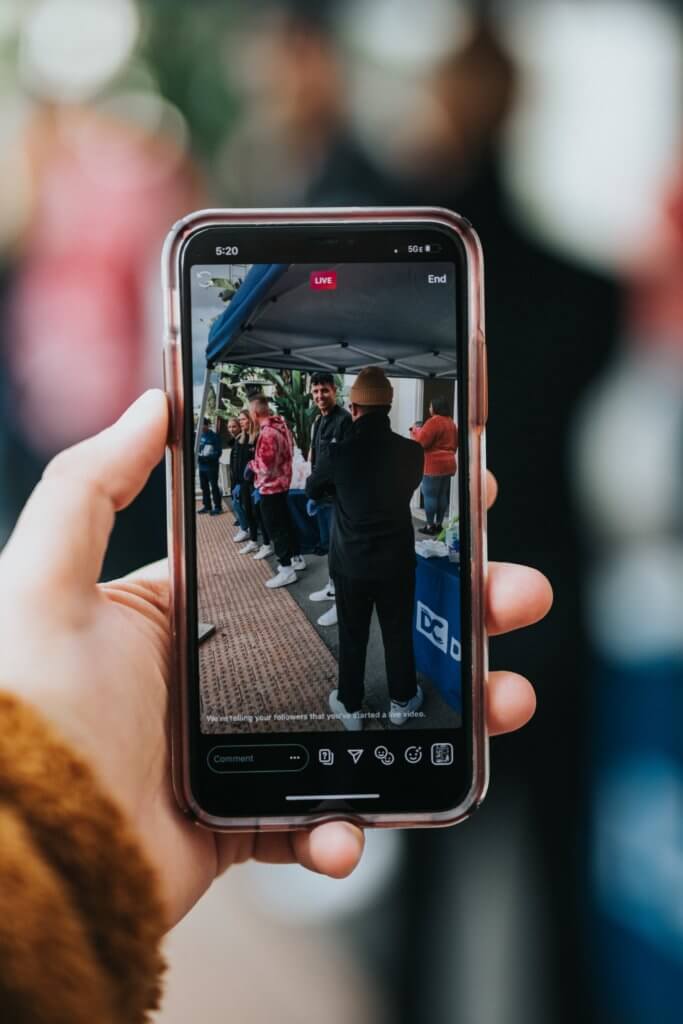
If you’ve read the first part of our What Your Brand Needs To Know About Live Streaming On Social Media blog post, you know social media interest around live streaming has dramatically increased during the pandemic. You even know which social media platforms are most associated with this increased interest. However, understanding what live streaming […]
Why The #StopHateForProfit Boycott Isn’t Benefiting Twitter
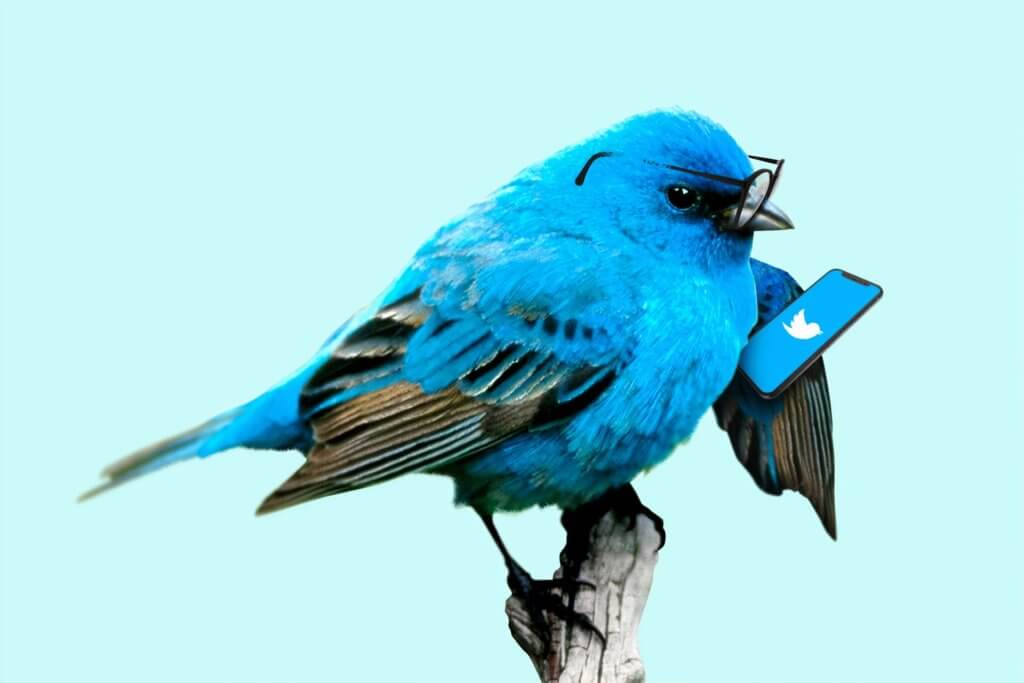
This is the third in our series of check ins on how the #StopHateForProfit boycott asking brands to stop advertising on Facebook and Instagram is impacting social media and brand’s relationship to those platforms. In this week’s installment, we share a general update while also specifically focusing on how Twitter is or isn’t being impacted […]
5 Takeaways From How Brands Celebrated Juneteenth On Social Media
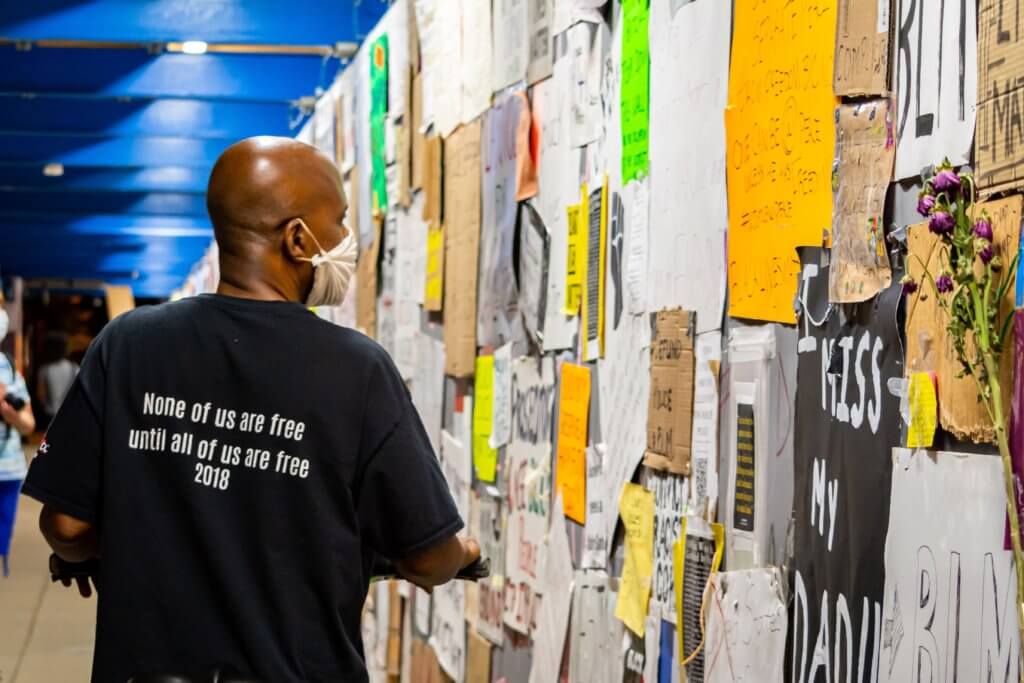
Juneteenth was first celebrated as a holiday in Austin in 1867, and was first officially recognized as a state holiday by Texas in 1980. However, the killing of George Floyd and the subsequent protests advocating for social justice have raised multicultural awareness of Juneteenth to an unprecedented extent this year. This sea change is quantifiable […]
